How much does it cost to build a fishing pond?
Dreaming of your own fish pond but worried about the price tag? Building one can seem complex and expensive, stopping many people. I'll break down the costs to help you plan.
Building a fish pond cost varies greatly. It can range from a few hundred dollars for a small DIY project to tens of thousands for large, professionally installed ponds. Key factors include size, materials, labor, and your location.
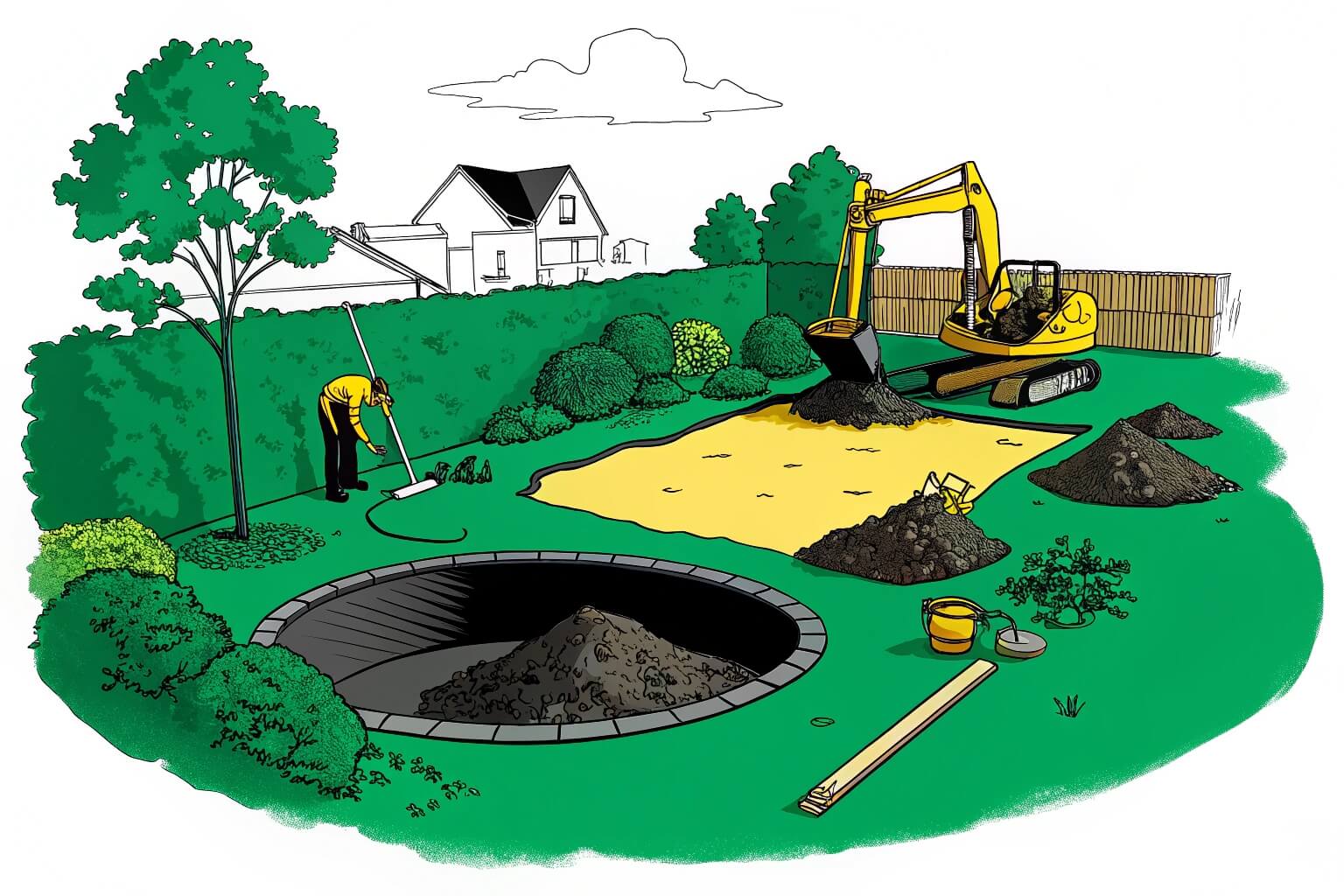
Now that you have a general idea, you might wonder about specific costs. Let's dive deeper into what goes into the budget, from the fish themselves to pond size and finding budget-friendly options. Understanding these details will help you make informed decisions.
How much does it cost to put fish in a pond?
Your pond is built, now for the fish? Adding fish is exciting, but stocking costs can add up quickly if you're not careful. I'll show you what price ranges to expect.
The cost to stock a pond depends heavily on the fish species, their size, and how many you buy. Prices can range from less than $1 for small, common fish to over $100 for large or specialty fish like mature Koi.
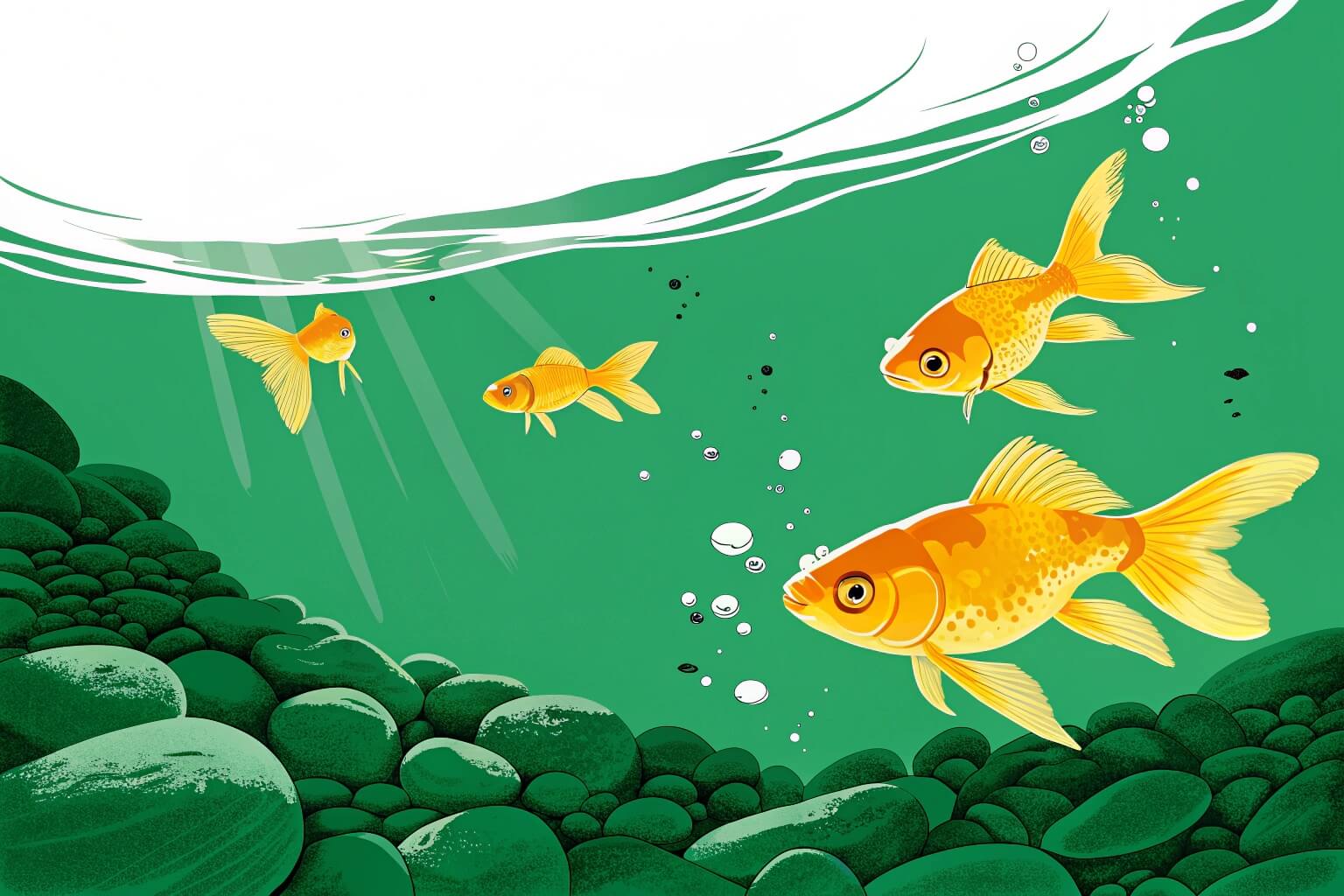
As someone who helps people set up ponds, I know stocking is a big question. Clients range from hobbyists wanting a few goldfish to businesses needing specific numbers for aquaculture. The cost isn't just the fish price; it's about getting the right fish for your pond size and goals.
Factors Affecting Fish Cost1
Several things influence how much you'll pay per fish:
- Species: Common fish like goldfish or bluegill are usually much cheaper than ornamental fish like Koi or game fish like bass or trout. Tilapia, popular for aquaculture, often fall in a moderate price range.
- Size: Fingerlings (young fish) are the least expensive but take time to grow. Larger, mature fish cost more but provide instant impact or faster harvest.
- Source: Buying directly from a local hatchery is often cheaper than from a retail pet store or a specialized breeder focusing on specific bloodlines (common with Koi).
- Quantity: Many suppliers offer discounts for bulk purchases, which is important for larger ponds or commercial operations.
Common Fish Price Ranges (Estimates)
Here's a rough idea of costs per fish. Prices vary widely by location and supplier.
| Fish Type | Size | Estimated Cost Per Fish2 | Notes |
|---|---|---|---|
| Goldfish | Small-Medium | $1 - $10 | Common, hardy, good for beginners |
| Koi | Small-Large | $20 - $100+ | Ornamental, wide price range |
| Bluegill/Sunfish | Fingerling-Adult | $1 - $8 | Good for stocking, reproduce |
| Catfish | Fingerling-Adult | $2 - $15 | Popular for fishing/food |
| Tilapia | Fingerling-Adult | $1 - $5 | Fast-growing, aquaculture |
| Trout | Fingerling-Catchable | $2 - $10 | Needs cool, clean water |
Beyond the Purchase Price
Remember to factor in potential shipping costs if ordering online. Also, proper acclimation3 is vital. Rushing fish into the pond can cause stress or death, wasting your investment. Ensure your water quality4 is good before adding fish. Consider quarantining new fish if possible to prevent introducing diseases.
How many fish are in a 2000 litre pond?
Got a 2000-litre pond ready? That's great! But putting too many fish in leads to poor water quality and unhealthy fish. Let's figure out a safe stocking level.
A 2000-litre (about 530 US gallons) pond can typically support around 5-10 small-to-medium sized fish like goldfish. The exact number depends heavily on the fish type, their adult size, and your filtration system.
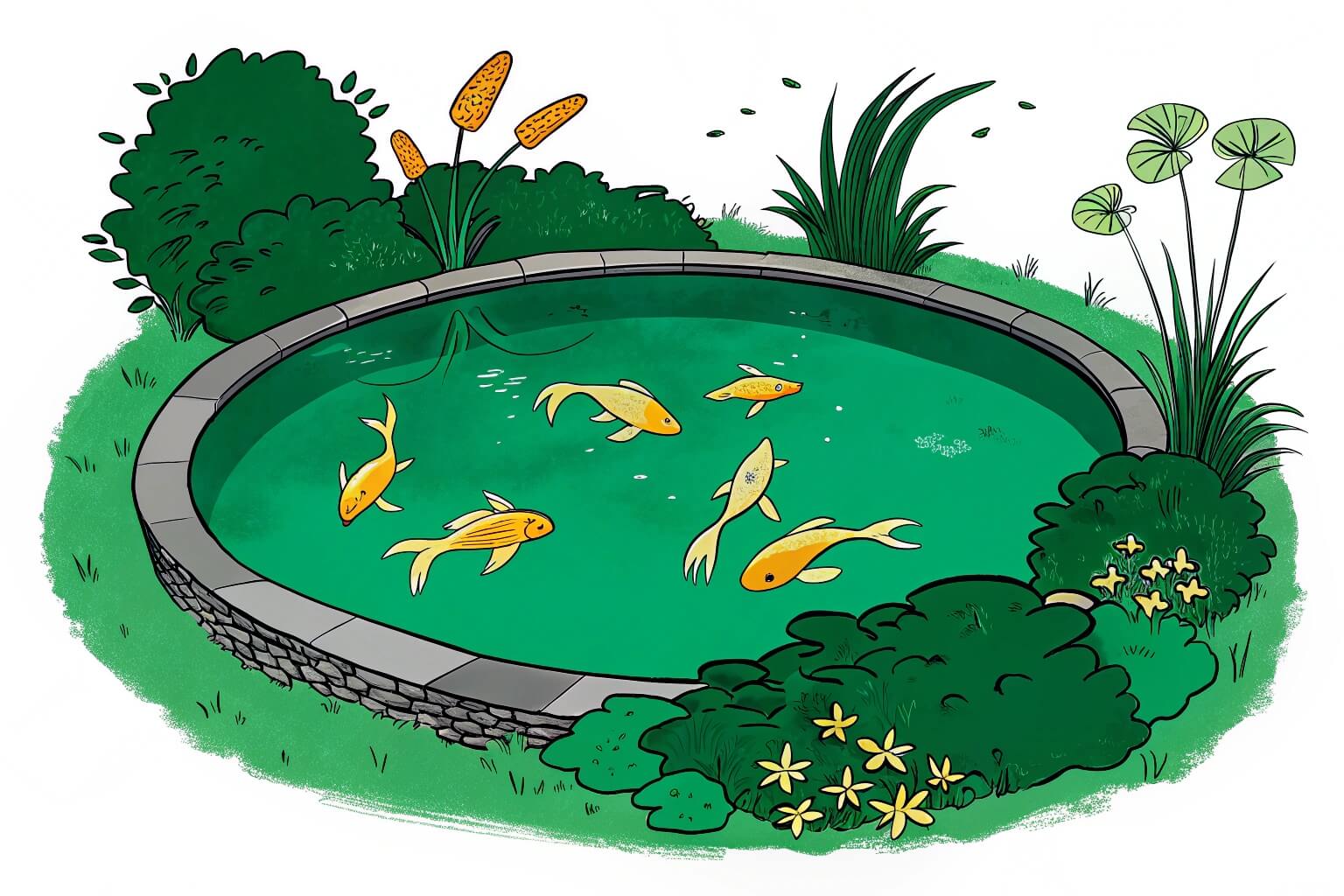
I often get asked about stocking levels5, especially for popular sizes like 2000 litres. It's a crucial question. Based on my experience working with various clients, from backyard hobbyists to small aquaculture setups, the answer always comes down to balance. You need enough fish to enjoy, but not so many that the pond's ecosystem collapses. Calculating this involves looking beyond just volume.
The Problem with Simple Rules
You might hear rules like "one inch of fish per gallon6." While simple, this rule is often inaccurate. It doesn't account for:
- Fish Shape: A slim goldfish produces less waste than a chunky one of the same length.
- Fish Growth: Those small fish will get bigger! You need to plan for their adult size.
- Filtration: A powerful filter system can support more fish than a basic one.
- Surface Area: Oxygen enters the water at the surface. A wide, shallow pond can support more fish than a deep, narrow one of the same volume.
Factors Determining Stocking Density
Instead of a simple rule, consider these factors for your 2000L pond:
- Filtration Capacity7: What is your filter rated for? Never exceed its capacity. A good filter is essential.
- Surface Area: Ensure good oxygen exchange. Adding a waterfall or fountain helps.
- Fish Species8: Koi produce much more waste than goldfish. Research the needs of your chosen species.
- Maintenance Routine9: How often can you perform water changes and filter maintenance? More fish means more maintenance.
- Your Goals: Are you aiming for crystal clear water with a few show fish, or maximizing fish numbers for breeding/aquaculture (which requires much more management)?
Example Stocking Levels (2000 Litres)
This table provides general guidelines. Always start with fewer fish and monitor water quality closely.
| Fish Type | Adult Size Goal | Estimated Max Number (with good filtration) | Notes |
|---|---|---|---|
| Small Goldfish | Up to 6 inches | 8 - 12 | Common, Comets, Shubunkins |
| Fancy Goldfish | Up to 8 inches | 4 - 6 | Slower swimmers, need careful handling |
| Small Koi | Up to 12 inches | 2 - 3 | Grow large, high waste producers |
| Small Native Fish | Up to 4 inches | 10 - 15 | Check local regulations (e.g., Minnows) |
| Tilapia (Grow Out) | Up to 10 inches | 5 - 7 | Need warm water, good filtration |
It's always better to understock than overstock. You can always add more fish later if your system handles it well.
How do you make a fish pond on a budget?
Want that relaxing fish pond experience without spending a fortune? Good news – it's definitely possible! Let's explore smart ways to save money during construction.
Create a budget fish pond using DIY skills, choosing cost-effective materials like flexible liners or collapsible tanks, and starting small. Prioritize essential components like the liner and a basic filter first.
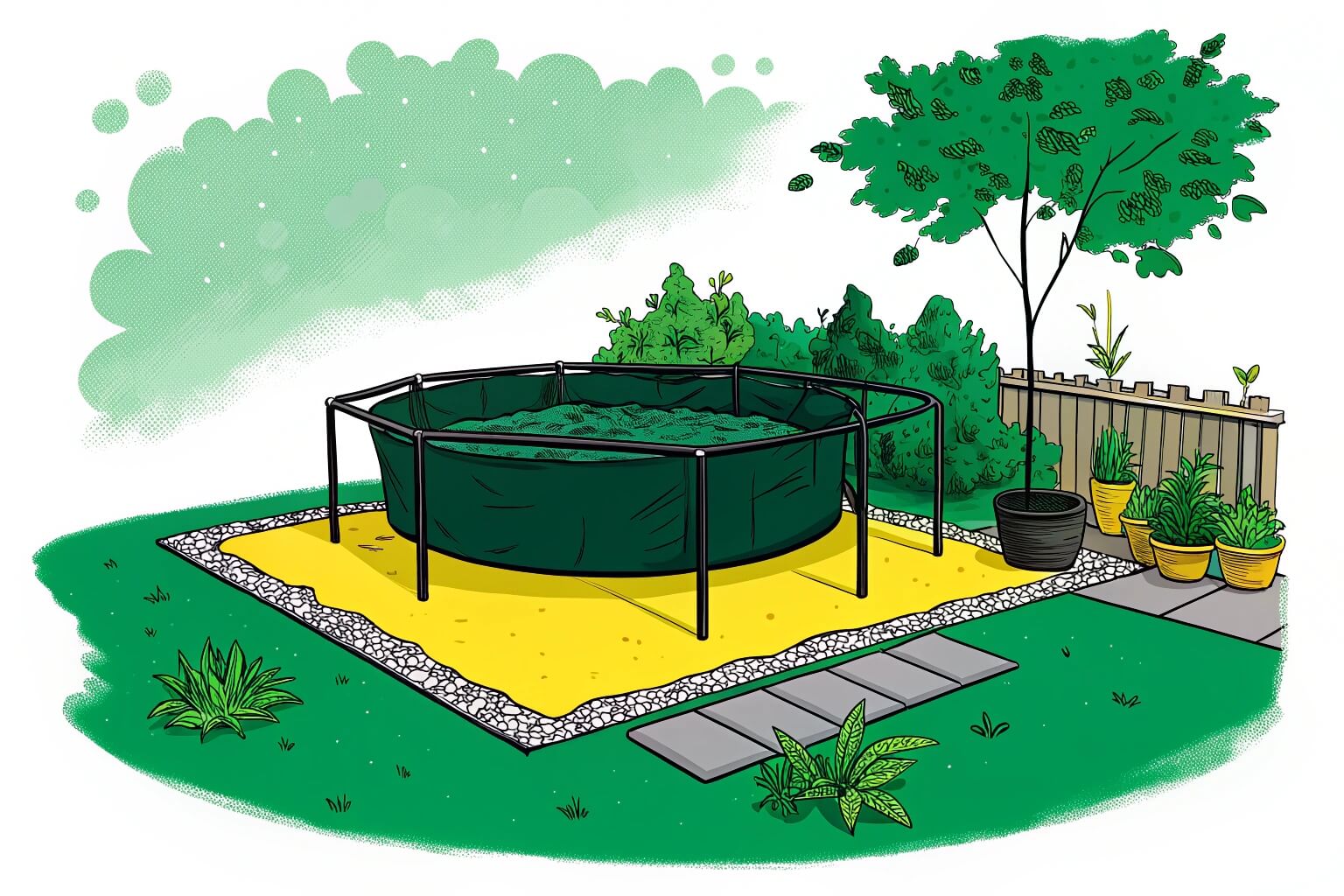
Helping people achieve their pond dreams within their budget is a big part of what I do at Bancy Solutions. Many hobbyists and small farm owners are passionate but need practical, affordable solutions10. You don't need the most expensive materials to create a beautiful and functional pond.
DIY vs. Professional Installation11
- DIY: The biggest saving is labor. If you're willing to do the digging and setup yourself, you can cut costs significantly. However, it requires time, physical effort, and some research to do it right (especially liner installation).
- Professional: Costs more upfront but saves you time and potential mistakes. Good for complex designs12 or if you lack the time/ability for physical labor.
Choosing Cost-Effective Materials
The container is often the biggest expense. Here are budget-friendly options:
- Flexible Liners (PVC/EPDM)13: PVC is generally cheaper but less durable/UV resistant than EPDM rubber. Both require careful installation to avoid leaks but offer design flexibility.
- Pre-formed Plastic Tubs: Rigid, easy to install. Limited shapes and sizes, can be more expensive than basic liners for the same volume.
- Collapsible Tanks14: This is where products like ours at Bancy shine. Tanks made from durable PVC tarpaulin supported by a frame (like galvanized steel or plastic tubes) are very cost-effective. They are easy to set up, require no digging (for above-ground models), and can be moved or stored if needed. They are excellent for aquaculture start-ups, temporary ponds, or budget backyard setups. 2
- Recycled Materials15: Stock tanks, large tubs, or even salvaged bathtubs can be repurposed for very small ponds (ensure they are fish-safe).
Smart Savings Strategies Table
| Area | Budget Tip | Details |
|---|---|---|
| Size | Start Small | A smaller pond requires less liner, less digging, and a smaller filter. |
| Materials | Use Collapsible Tanks or PVC Liner | Often the most cost-effective options for holding water. |
| Edges | Use Simple Edging (Soil, Rocks) | Avoid expensive pre-made edging; use natural materials found locally. |
| Filtration | DIY Filter or Basic Pump/Filter Combo | Build a simple bog filter or use an appropriately sized submersible pump/filter. |
| Plants | Get Cuttings from Friends or Local Sources | Aquatic plants spread quickly; start with a few inexpensive ones. |
| Fish | Choose Inexpensive, Hardy Fish | Start with goldfish or local native fish instead of expensive Koi. |
| Labor | DIY Installation | Digging and setup can be done yourself to save significant costs. |
Focus on the essentials first: holding water (liner/tank) and keeping it clean enough for fish (basic filtration). You can always upgrade filtration, add waterfalls, or introduce more expensive fish later as your budget allows.
How big does a pond need to be for fish?
Size definitely matters when it comes to keeping fish happy and healthy! A pond that's too small causes stress and water quality problems. Let's figure out the right dimensions.
The required pond size depends entirely on the type and number of fish you plan to keep. Small goldfish need at least 100-200 gallons (around 400-800 litres), while active fish like Koi need 1000+ gallons (4000+ litres) minimum.
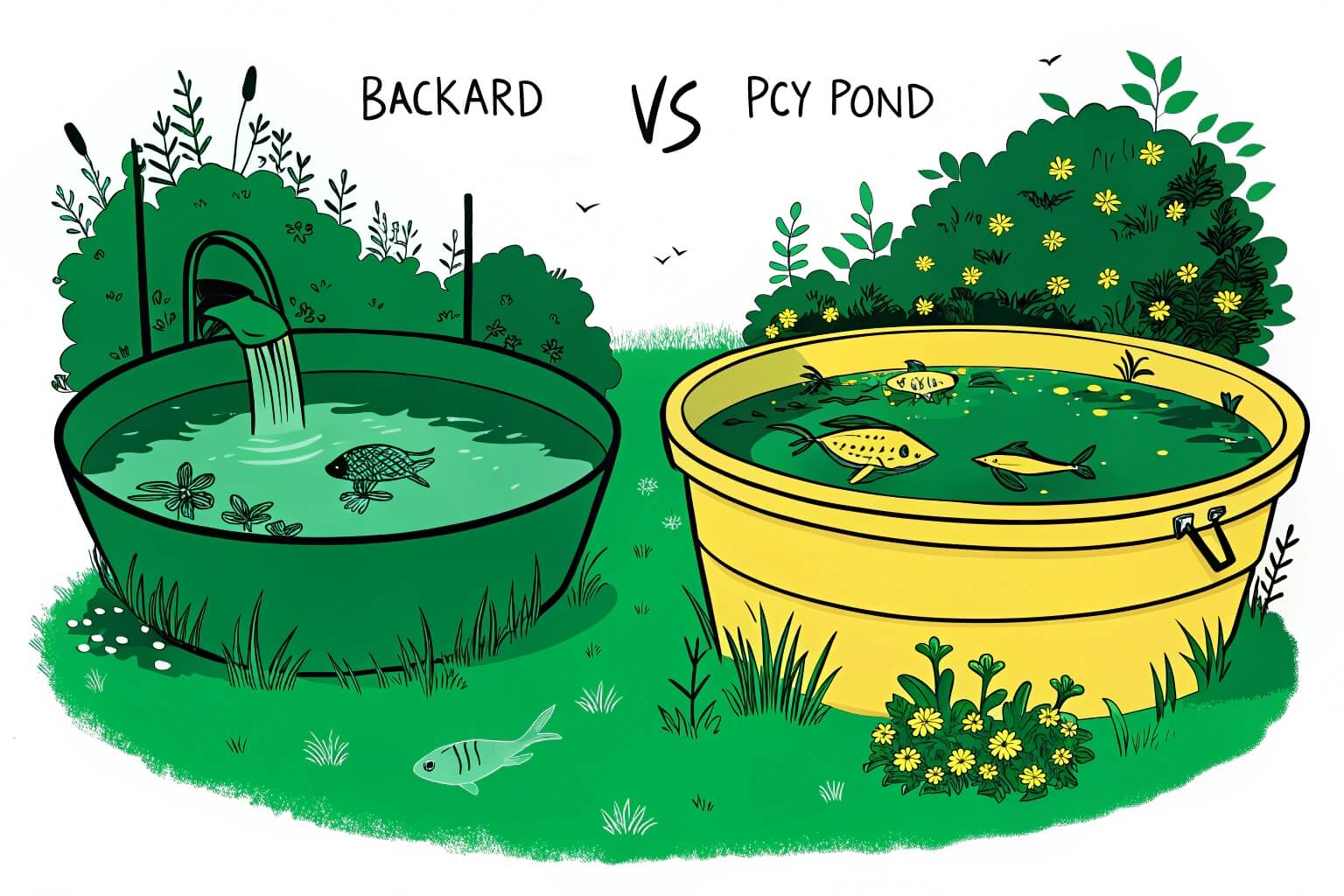
Every client I work with has different needs. A hobbyist wanting a few goldfish has very different size requirements than a small farm planning to raise tilapia, or a business setting up a large koi pond. Tailoring the size and type of pond, like our customizable collapsible tanks16 at Bancy, is key. The goal is a stable environment for the fish.
Why Size is Crucial
A larger volume of water provides several benefits:
- Stability: Water temperature and quality parameters (like pH and ammonia levels) fluctuate less dramatically in larger ponds. This reduces stress on fish.
- Dilution: Fish waste (ammonia) is diluted more effectively in more water, giving your filter and beneficial bacteria a better chance to process it.
- Swimming Space: Fish need room to move naturally. Active swimmers like Koi need significantly more space than slower-moving fish like fancy goldfish.
- Oxygen: While oxygen enters at the surface, a larger volume can hold more dissolved oxygen17 overall, providing a buffer.
- Depth: Adequate depth (at least 2 feet, preferably 3-4 feet in colder climates) helps protect fish from predators and temperature extremes (winter ice and summer heat).
Minimum Size Recommendations (Guidelines)
This table gives a starting point. Remember, more is almost always better. Plan for the adult size of your fish.
| Fish Type | Minimum Recommended Volume18 | Minimum Recommended Depth | Notes |
|---|---|---|---|
| Small Goldfish | 100-200 Gallons (400-800 L) | 1.5 - 2 feet (0.5-0.6 m) | Add 20-50 gallons per additional fish. |
| Fancy Goldfish | 150-250 Gallons (600-1000 L) | 1.5 - 2 feet (0.5-0.6 m) | Need more volume per fish due to waste. |
| Koi | 1000 Gallons (approx 4000 L) for 1-2 fish | 3 - 4 feet (1-1.2 m) | Add 100-200 gallons per additional Koi. Grow large! |
| Small Native Fish | 50-100 Gallons (200-400 L) | 1.5 feet (0.5 m) | Depends on species; check local types. |
| Tilapia / Catfish (Food) | 250+ Gallons (1000+ L) | 2 - 3 feet (0.6-1 m) | Higher stocking density possible with excellent filtration/aeration. |
Planning for the Future
Think about your long-term goals19. Will you want more fish later? Will the fish you choose grow significantly? It's often easier and cheaper in the long run to build slightly larger than you think you need initially, rather than having to upgrade or rebuild later. Using scalable solutions20 like some modular tanks can also be an advantage for future expansion.
Conclusion
Building a fish pond involves various costs for excavation, liners, filters, and fish. However, careful planning and choosing budget-friendly options like collapsible tanks can make your dream pond achievable.
-
Learn about the various factors that influence fish pricing to make informed decisions for your pond setup. ↩
-
Understanding the price range helps you budget effectively for your fish purchase. ↩ ↩
-
Learn about the significance of acclimation to ensure your fish thrive in their new environment. ↩
-
Explore the critical role of water quality in maintaining a healthy aquatic environment for your fish. ↩
-
Understanding stocking levels is essential for a healthy pond ecosystem. This resource will provide valuable insights and guidelines. ↩
-
This rule is commonly cited but often misleading. Explore this link to learn why it may not be the best guideline for your pond. ↩
-
Understanding filtration capacity is crucial for maintaining a healthy pond environment. Explore this link to learn more about its impact. ↩
-
Different fish species have varying waste production and care needs. Discover how to choose the right species for your pond. ↩
-
A proper maintenance routine is vital for fish health and water quality. Learn how to effectively manage your pond's upkeep. ↩
-
Explore this link to discover budget-friendly options that can help you create your dream pond without overspending. ↩
-
Understanding the differences can help you make an informed decision on how to approach your pond project effectively. ↩
-
This resource can provide insights into handling intricate pond designs, ensuring your project is successful and meets your vision. ↩
-
Learn about the differences between PVC and EPDM liners to make an informed choice for your pond project. ↩
-
Explore the advantages of collapsible tanks for cost-effective pond solutions, especially for aquaculture and temporary setups. ↩
-
Discover innovative ways to repurpose recycled materials for budget-friendly pond solutions, ensuring sustainability. ↩
-
Explore this link to understand how customizable collapsible tanks can enhance your fish pond setup and meet specific needs. ↩
-
Discover the critical role of dissolved oxygen in fish ponds and how it impacts fish survival and growth. ↩
-
Understanding minimum volume guidelines is crucial for maintaining a healthy aquatic environment for your fish. ↩
-
Planning for long-term goals ensures your fish have adequate space and resources as they grow, enhancing their well-being. ↩
-
Exploring scalable solutions can help you adapt your aquarium setup as your needs change, saving time and money in the future. ↩